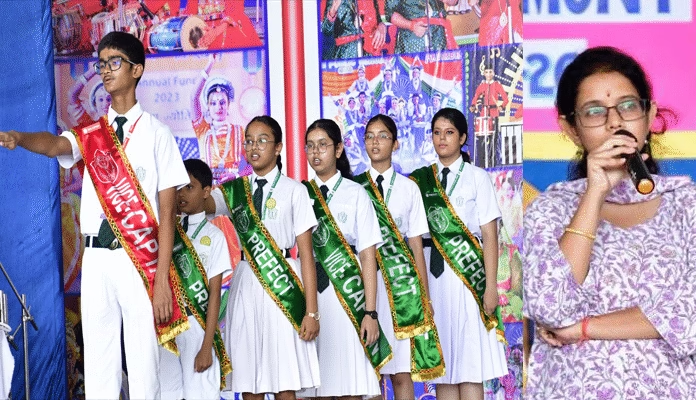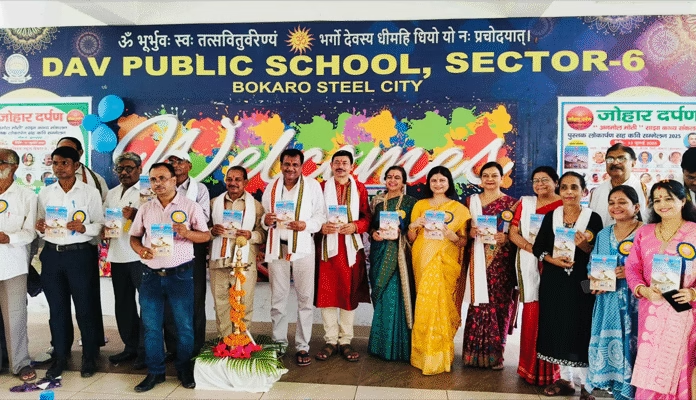 RNS I Ranchi: IIT-ISM Dhanbad has stepped up in its position among top institutes in the National Institutional Ranking Framework (NIRF) 2021 ranking. Education Minister Dharmendra Pradhan released the National Institutional Ranking Framework (NIRF), 2021 on Thursday.
RNS I Ranchi: IIT-ISM Dhanbad has stepped up in its position among top institutes in the National Institutional Ranking Framework (NIRF) 2021 ranking. Education Minister Dharmendra Pradhan released the National Institutional Ranking Framework (NIRF), 2021 on Thursday.
The institute has jumped one step ahead from 12th to 11th position among Engineering Colleges. It is the highest-ranking of IIT(ISM) in the Engineering Category so far, informed Rajni Singh, Associate Dean, Media & Branding of ISM.
“Meanwhile, IIT-ISM scored 26 ranks in overall category while in the Management category it secured 30th ranks,” she added.
“The National Institutional Ranking Framework (NIRF) has introduced a new category ‘Research’ this year wherein IIT(ISM) Dhanbad has ranked 20th position,” informed Singh.
The NIRF India Ranking 2021 has been announced for eleven categories — Overall, University, Management, College, Pharmacy, Medical, Engineering, Architecture, ARIIA (Atal Ranking of Institutions on Innovation Achievements), Law and Research Institutions.
In Engineering and Overall Category Indian Institute of Technology (IIT) Madras retained its first position while in Management category Indian Institute of Management, (IIM) Ahmedabad ranked top position and XLRI Jamshedpur ranked on 8th positions while Indian Institute of Science (IISc), Bengaluru ranked best in ‘Research’.
Notably, NIRF is a ranking methodology that was adopted in 2015 and the first ranks were announced in 2016. This framework has been launched with the efforts of the Minister of Education and the Government of India aiming to promote the ranking and higher education of Indian institutes, said an official.
This framework outlines a methodology to rank institutions across the country. The methodology draws from the overall recommendations broad understanding arrived at by a Core Committee set up by the Ministry of Human Resource Development (MHRD), to identify the broad parameters for ranking various universities and institutions.
The parameters broadly cover “Teaching, Learning and Resources,” “Research and Professional Practices,” “Graduation Outcomes,” “Outreach and Inclusivity,” and “Perception”.



